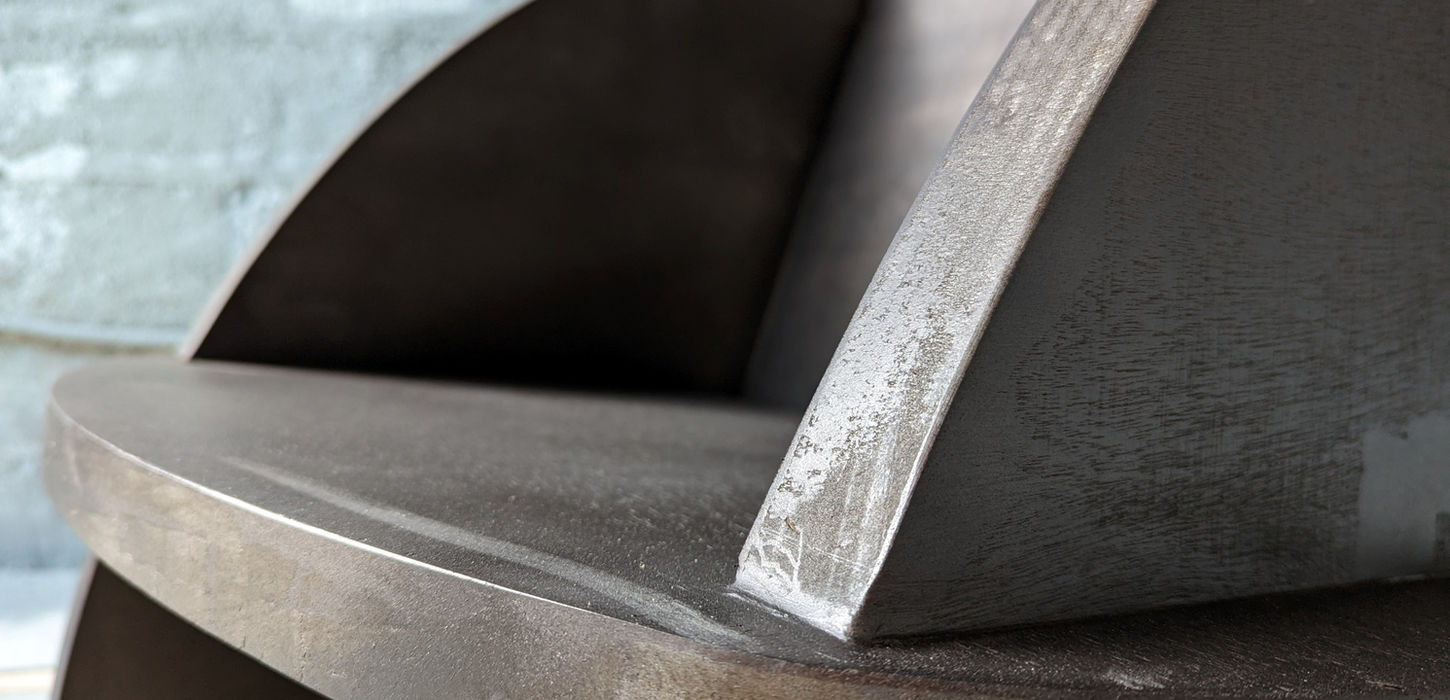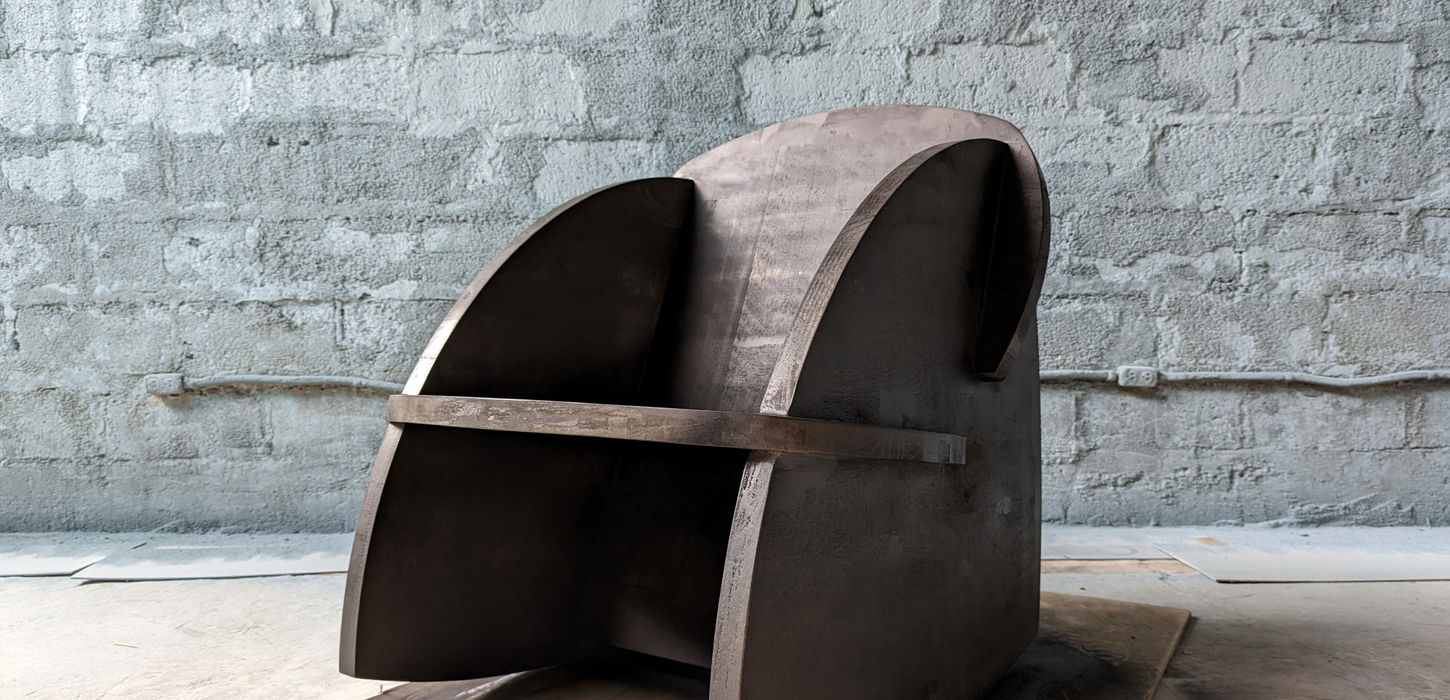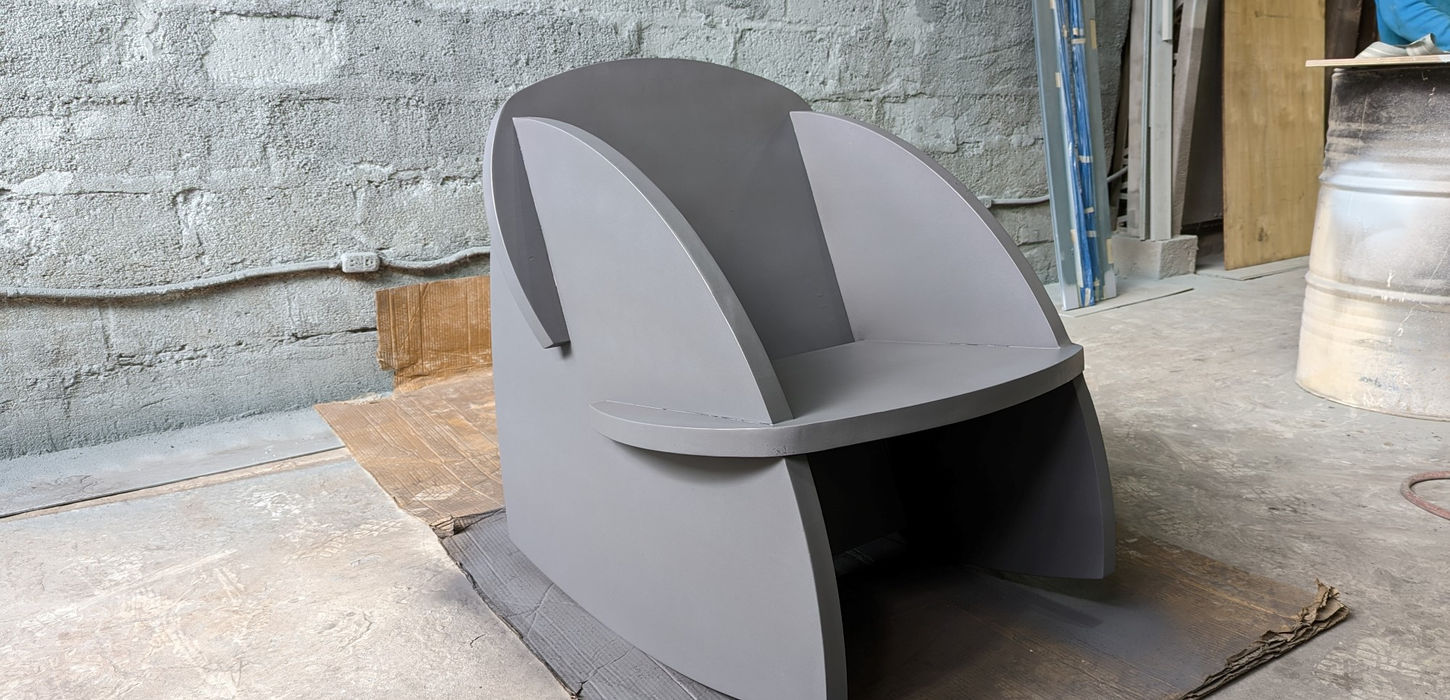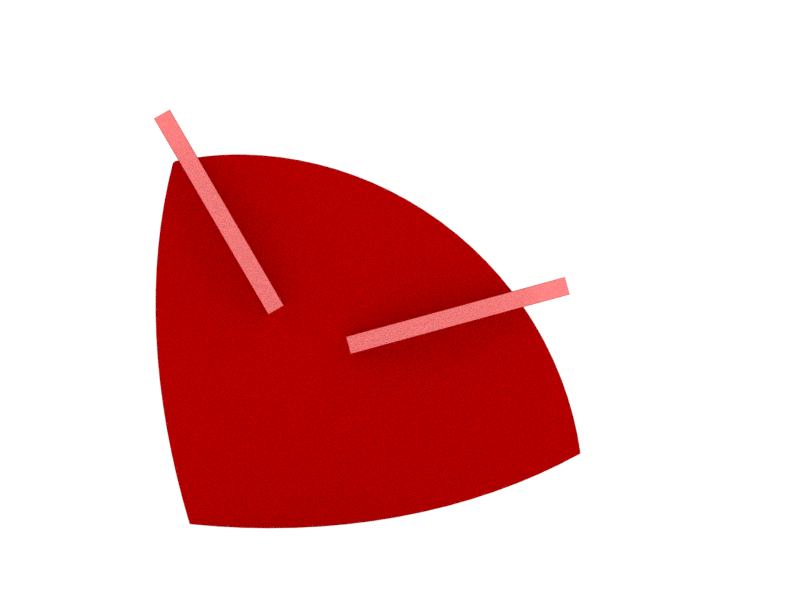


due to its form factor, the polpa is a versatile product that can range from a rocking chair to a static one and can extend its sitting capacity to two spaces, just by adjusting the curves on the cutting planes. this is the main advantage of it being digitally made.

material: striped wood panel with plywood on both sides waste
robust form factor to minimize fractures due to low-quality striped wood assembly
simple, low machining time production (CNC production)
digitally developed
concept, 3d modeling, prototyping, CNC machining, ensemble - me
finishing - factory line
resources and man-hour optimization
this was an iterative process back and forth between the production line of the factory and the designer
Process:



polpa
under request, for a small local business, a simple yet eye-catching piece of furniture.
this project was developed while working as a product designer in charge of waste management in a local factory on the outskirts of Quito, Ecuador.
the name polpa comes simply from the two words poltrona and panels, which pretty much sums it up but for argument's sake, let's talk a little about how it came to be.
in this case, the client was very specific about the importance of it being as robust as possible while keeping it on budget, which was limited as this is a small start-up.
some form factor characteristics were given by the client. this gave the project some air to develop material and shape.
to achieve a low-cost product meant material optimization, low production time, low assembly time, and low finishing time as well as finishing materials.
it was decided within the company to take advantage of a residue material available on the factory floor to develop this project. this was a limited material so all of the product development was carried out by digital modeling and just one prototype to test the material's endurance.















